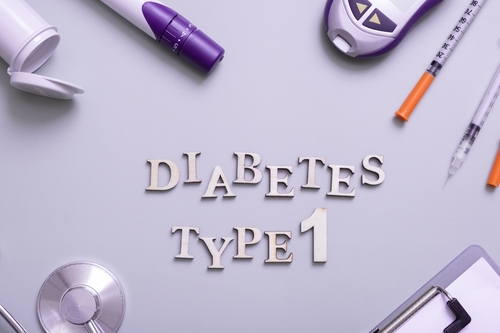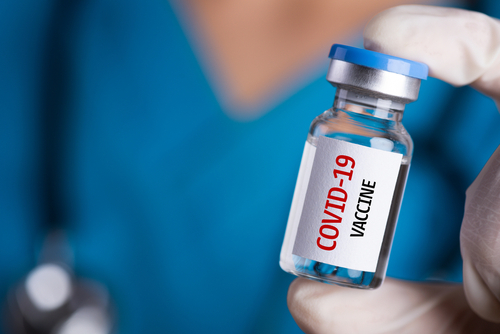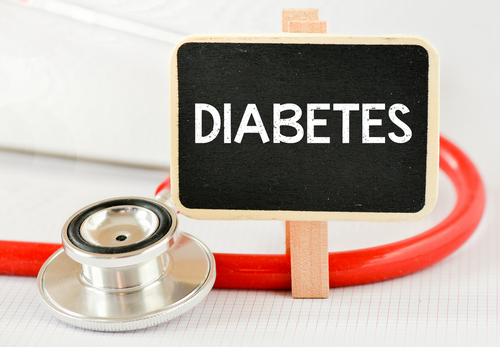
A study found that there was a “substantial deficit” of undiagnosed cancer cases in the United States during the COVID-19 pandemic. The findings, published in JAMA Oncology, highlight the need to re-emphasize the importance of routine cancer screenings and health visits.
The discovery of COVID-19 in late 2019, and the subsequent pandemic that began in the first half of 2020, resulted in unprecedented disruptions across all sectors of health care. While the world focused on the novel respiratory virus, the threat of cancer remained as large as ever, and “any associated reduction in observed cancer incidence during this period is of particular concern,” the researchers said.
They designed a population-based, cross-sectional study to assess cancer incidence trends using data on invasive cancer reported to the US Cancer Statistics, the official federal cancer statistics, between January 2018 and December 2020. The primary end point of interest was the relative difference between observed and expected cancer incidence rates and number of potentially missed cancer cases. Overall, the study consisted of 1,297,874 cancer cases reported from March 1 through December 31, 2020.
A Significant Impact
According to the results, the observed rates of all-sites cancer incidences in the United States were 28.6% lower than expected during the height of the COVID-19 pandemic response (March-May 2020), 6.3% lower in June to December 2020, and overall, 13.0% lower during the first 10 months of the pandemic. The researchers noted that these differences suggest that there were potentially 134,395 undiagnosed cancer cases during that period. When broken down by cancer type, prostate cancer accounted for the largest number of potentially missed cases (22,950), followed by female breast (16,870) and lung (16,333) cancers. Alarmingly, screenable cancers saw a total rate reduction of 13.9% compared with the expected rate. The rate of female breast cancer showed evidence of recovery to previous trends after the first 3 months of the pandemic, but levels remained low for colorectal, cervical, and lung cancers, the researchers noted.
“The United States experienced significant differences between observed and expected cancer incidence rates during the COVID-19 pandemic in 2020, with an associated and substantial deficit in diagnosed cases. The extent of differences varied based on cancer site, stage at diagnosis, and patient age and sex,” the researchers concluded. They added that these findings “offer crucial information for current cancer prevention and control initiatives.”







 © 2025 Mashup Media, LLC, a Formedics Property. All Rights Reserved.
© 2025 Mashup Media, LLC, a Formedics Property. All Rights Reserved.